Price is a number; value is a feeling
You can literally change the price of something in an instant, and a thousand times a day if you want to. Value, however, is the perception someone has of what something is worth – and therefore, the price someone is prepared to pay. That is another story entirely.
In our growth-orientated world, we all keep on wanting more. And in business, one of the levers to grow top-line and bottom-line numbers is to simply charge more. But this behaviour can backfire when it is done without a strategy, or a thorough appraisal of the value proposition.
On the other side of the coin, I come across many instances where significant value is hidden behind poor delivery, whether that’s sales materials, websites, advertising or sales propositions. If these were packaged correctly, the price conversation would actually become irrelevant.
The starting point shouldn’t be ‘what should I charge?’ It should be asking what does my customer need? What problems do they have and what fears are associated with that? How important is it that they can solve this – and then, how can we surpass their expectations with what we have to offer?
Those in sales will no doubt have come across the SPIN selling methodology by Neil Rackham. Still one of the best-selling sales books worldwide. In this methodology, the P is for the problem and the N is for needs. Neil discovered that when you demonstrate how you can meet an expressed need that has come from uncovering a problem the customer has your sales success increases significantly. So significant was this discovery that it become core to the whole SPIN methodology.
When you can package your offering this way, you are focusing on value first. The price is merely an outcome of the solution you create.
And when you make this package as easy to buy as possible, that much-desired growth will follow—every time.
If you need an outside perspective to help baseline your value and refine your proposition drop me a message.

